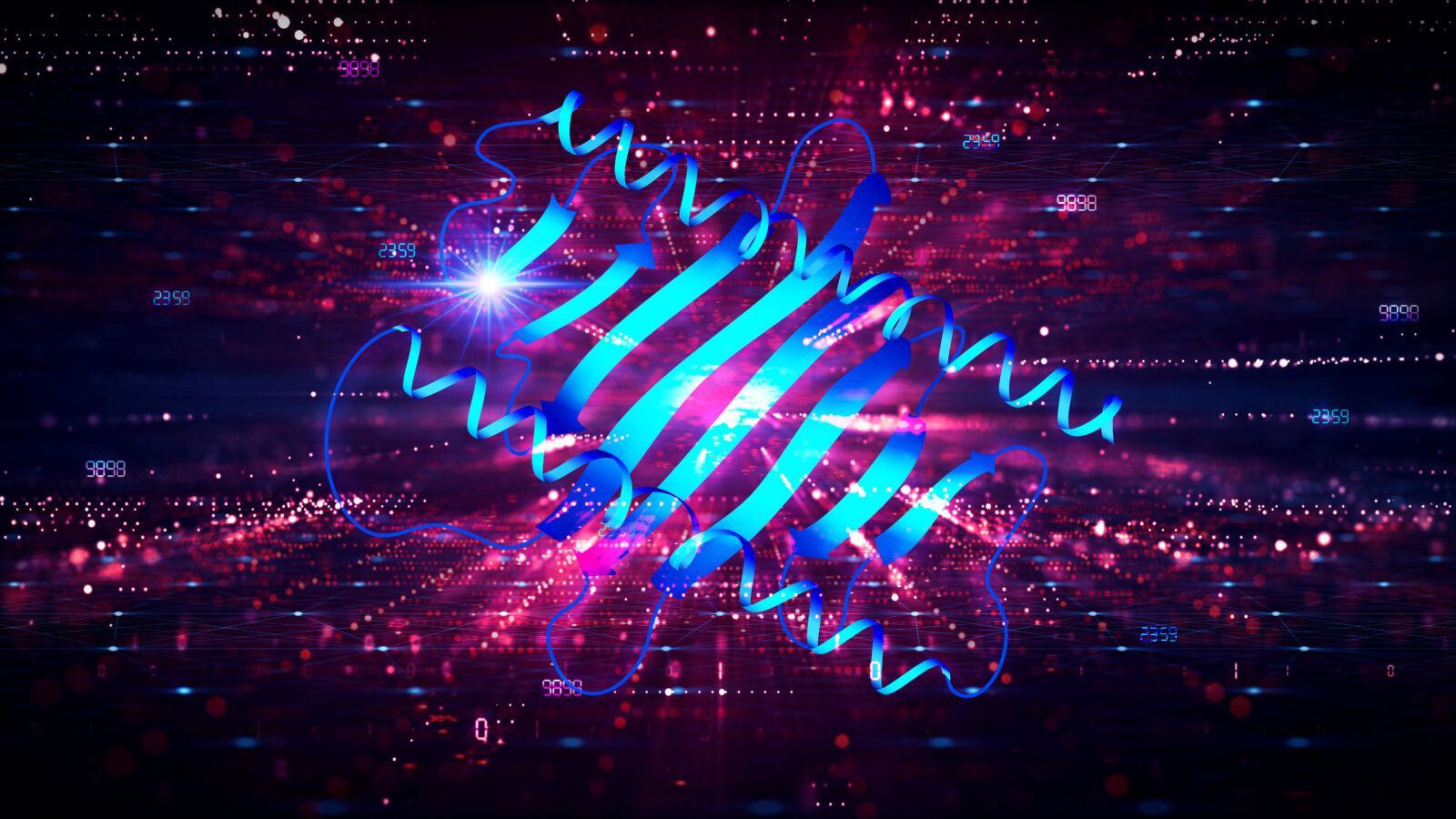Brian Miller on the Limits of Protein Evolution
Was the universe designed to evolve through natural processes? In a recent book, theologian Dr. Rope Kojonen has argued that evolutionary mechanisms work in harmony with intelligent design to produce the diversity of life we see on earth. But can these fundamentally different processes really work together? On this ID The Future, host Casey Luskin speaks with physicist Dr. Brian Miller to explore why Kojonen’s theory fails on scientific grounds.
In this episode, Dr. Miller delves into the rarity and isolation of proteins in sequence space. Kojonen takes mainstream evolutionary mechanisms for granted, positing that the laws of nature are specially designed to allow every protein in nature to evolve through standard natural processes. But Miller shows that the limits of protein evolution are very real and very problematic for Kojonen’s model. He explains in detail multiple lines of evidence that show how unlikely it is that protein sequences occur naturally or by chance in sequence space. Miller reports on research showing that the probability of a protein continuing to work after each mutation drops precipitously. He also explains that even the most similar proteins are about 80% different than each other. It all adds up to a headache for evolutionary theory, and the headache doesn’t go away when you marry mainstream evolutionary theory with intelligent design.
This interview is part of a series hosted by Casey Luskin responding to Dr. Kojonen’s proposal. Listen to more episodes in the series below.
Dig Deeper
- Read the full paper by Dr. Miller and his colleagues responding to Dr. Kojonen’s work: On the Relationship Between Evolution and Design
